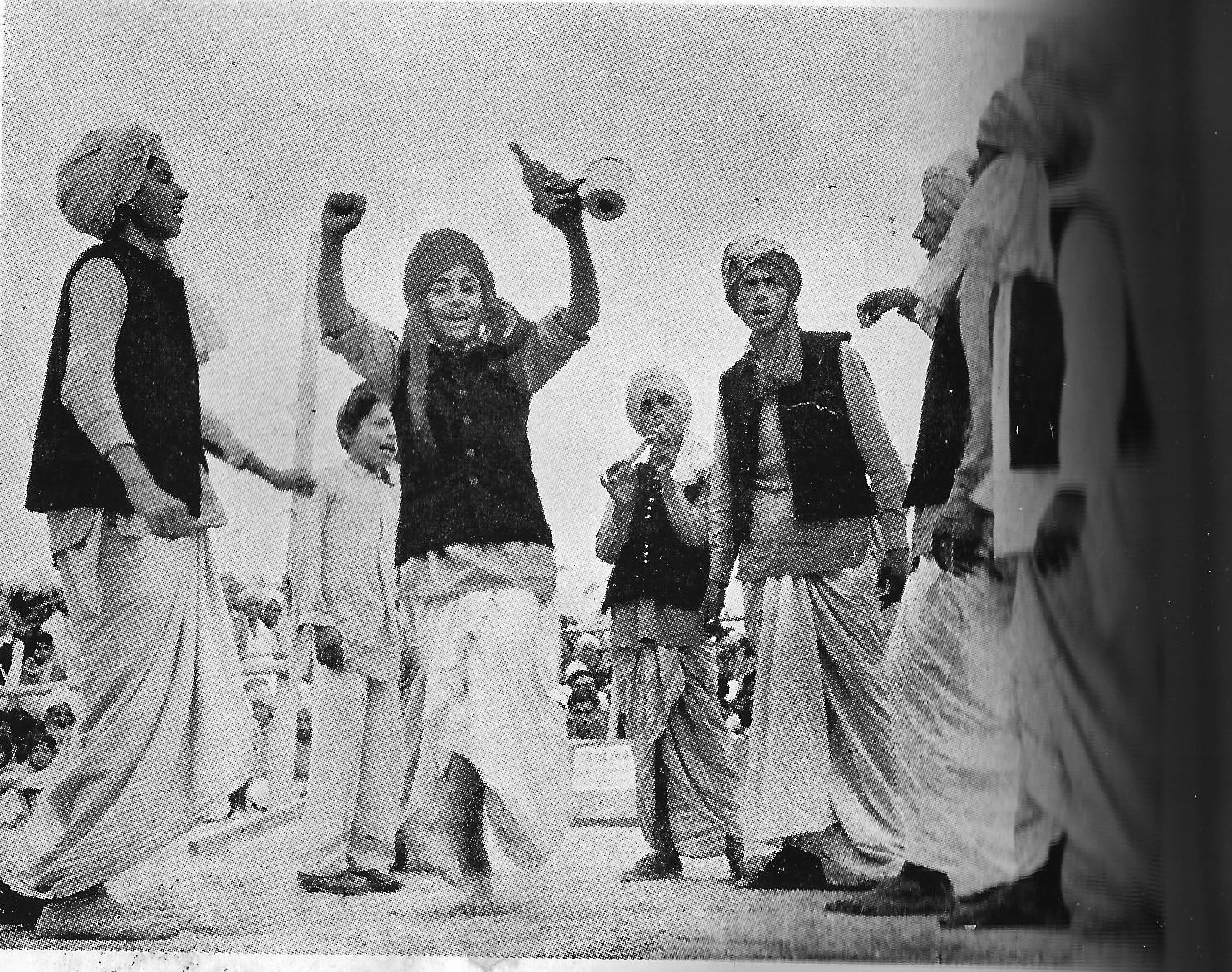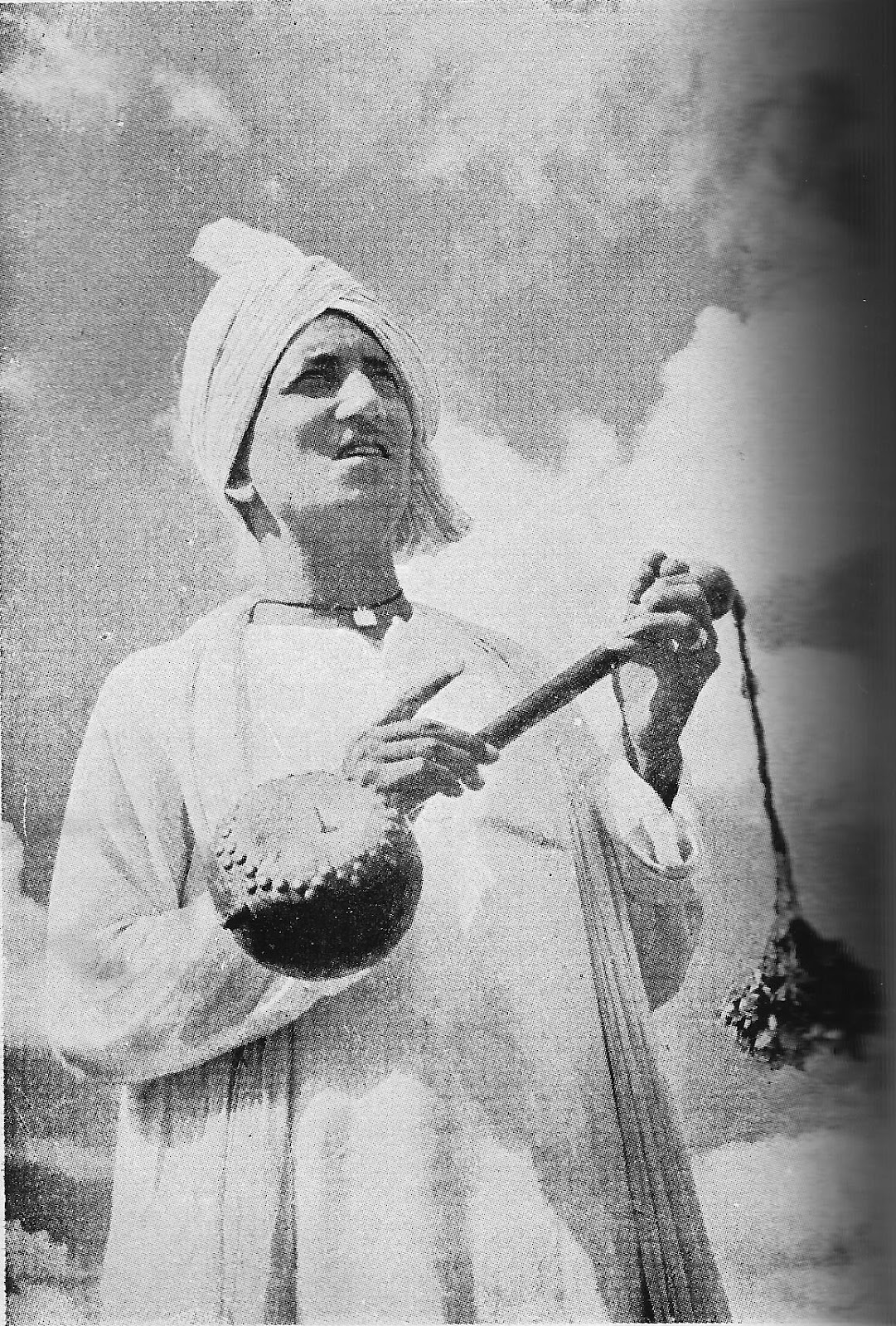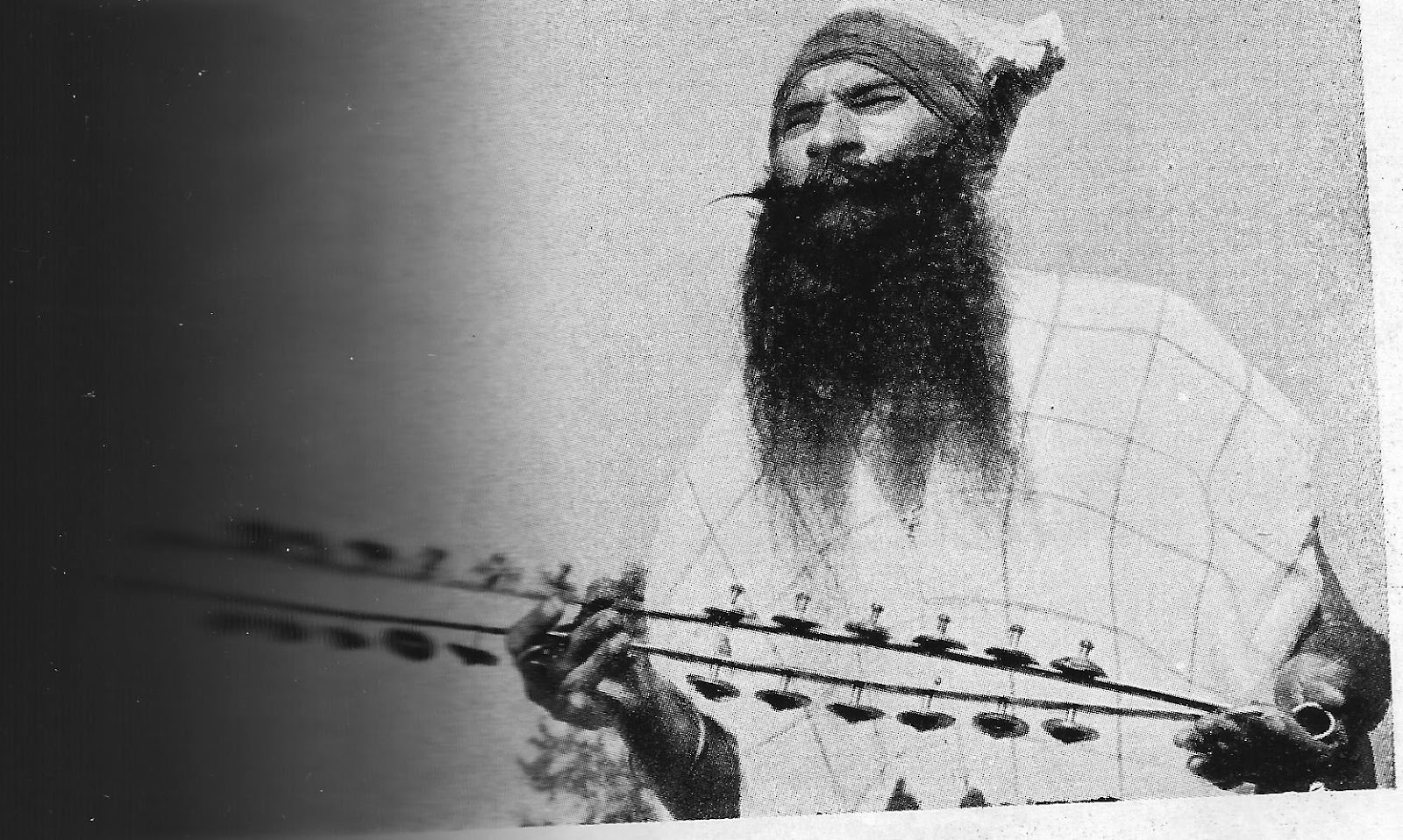Gabbah Shareef Bhalwan
Member
- Messages
- 237
In this thread, I'd like to compile a set of visual (photo and video) examples of bhangra and related DANCE. People will have seen many of the videos before at one time or another, but to have them all together -- in a chronology, and with commentary and details -- will, I hope, give a sense of how dance style, steps, dress, etc. developed.
I suppose what I'd suggest is we go by decade. Start with the 1950s (the first decade of the staged dance) and get a good number of videos/photos up before moving on to the next decade. If it gets too jumbled, we could edit posts in order to re-file things in the proper categories.
To begin with though, if anyone has something pre-1950s to look at, that would be excellent. I'll begin with this photo. This was taken in the refugee camp at Kurukshetra, Autumn of 1947. Refugees from Western Punjab (which had become Pakistan). Supposedly they're dancing for exercise. Looks like it could be bhangra, but probably a mix of different dances the refugees had done in their home regions (where bhangra was only in a small area). In April the year following this, Prime Minister Nehru visited the camp and the residents were said to have done a "Punjabi men's dance" performance on the occasion. Such a mixed dance context, and with migrants from Western Punjab, is what stage bhangra grew from.

I suppose what I'd suggest is we go by decade. Start with the 1950s (the first decade of the staged dance) and get a good number of videos/photos up before moving on to the next decade. If it gets too jumbled, we could edit posts in order to re-file things in the proper categories.
To begin with though, if anyone has something pre-1950s to look at, that would be excellent. I'll begin with this photo. This was taken in the refugee camp at Kurukshetra, Autumn of 1947. Refugees from Western Punjab (which had become Pakistan). Supposedly they're dancing for exercise. Looks like it could be bhangra, but probably a mix of different dances the refugees had done in their home regions (where bhangra was only in a small area). In April the year following this, Prime Minister Nehru visited the camp and the residents were said to have done a "Punjabi men's dance" performance on the occasion. Such a mixed dance context, and with migrants from Western Punjab, is what stage bhangra grew from.













